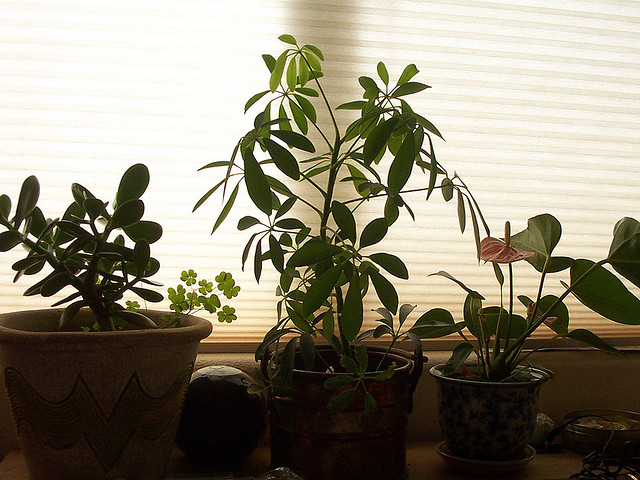When you think of pollution and air quality, your mind probably conjures up images of factories and congested highways full of cars spewing all manner of poison into the air. But, did you know the air inside the home can be worse? Scary thought.
But, it’s true. Inside you will find all sorts of substances that taint the air, from chemical-laden cleaning products to lead. Then there are all allergens, from dust mites to pet dander.
The good news is, however, there are heaps of things you can do to improve the air quality inside the home. Here are just a few tips to get the ball rolling:
Keep Your Floors Clean
Dirty floors can be a major contributor to poor indoor air quality. Use a vacuum with a HEPA filter to maximize removal of lead, pet dander, fire-retardant chemicals and a variety of other toxins. You should vacuum at least twice a week and clean the filter regularly. When vacuuming heavily trafficked areas, run the vacuum over the spot several times.
If you vacuum hard floor surfaces, be sure to give a good mopping afterwards-just water will be sufficient to clean up remnants.
Place mats at all the entrances to your home where people can wipe off the dirt, pesticides, and various other pollutants lurking at the bottom of their shoes. You might even take it a step further and make a habit of leaving shoes at the door.

Healthy Humidity Levels
Dehumidifiers are one of the best indoor air quality products you can buy. Excessive humidity is an invitation to dust mites and mold, two of the biggest culprits in compromising the air inside your home. Levels of around 30 to 50 percent are optimal for keeping them and a variety of other allergens at bay. Besides purchasing a dehumidifier, running your air conditioning in the summer can also keep the air drier, as well as reduce the indoor pollen count.
There are also other ways to keep humidity in check. When bathing, using the dishwasher or cooking, use an exhaust fan or open the window. Don’t over water your indoor plants. The vent for the dyer should go to the outside. If you have any leaks in the home, fix them immediately. Make sure to regularly empty the drip pains in your window air conditioner and dehumidifier.
Beware Artificial Fragrance
Fragrance is added to a variety of household products, from laundry detergent to wood cleaner. Then you have the variety of air freshener products available for the home. While they may smell nice, this odor is courtesy of a host of dangerous chemicals that can lead to all sorts of health problems with regular exposure, from allergic reactions to headaches.
One study found a typical plug-in air freshener to contain 20 different volatile organic compounds, with seven of them being considered toxic or hazardous under United States federal laws.
Investigate natural cleansers such as baking soda, vinegar and lemon juice. Use essential oils and other natural substances to make your home smell nice.